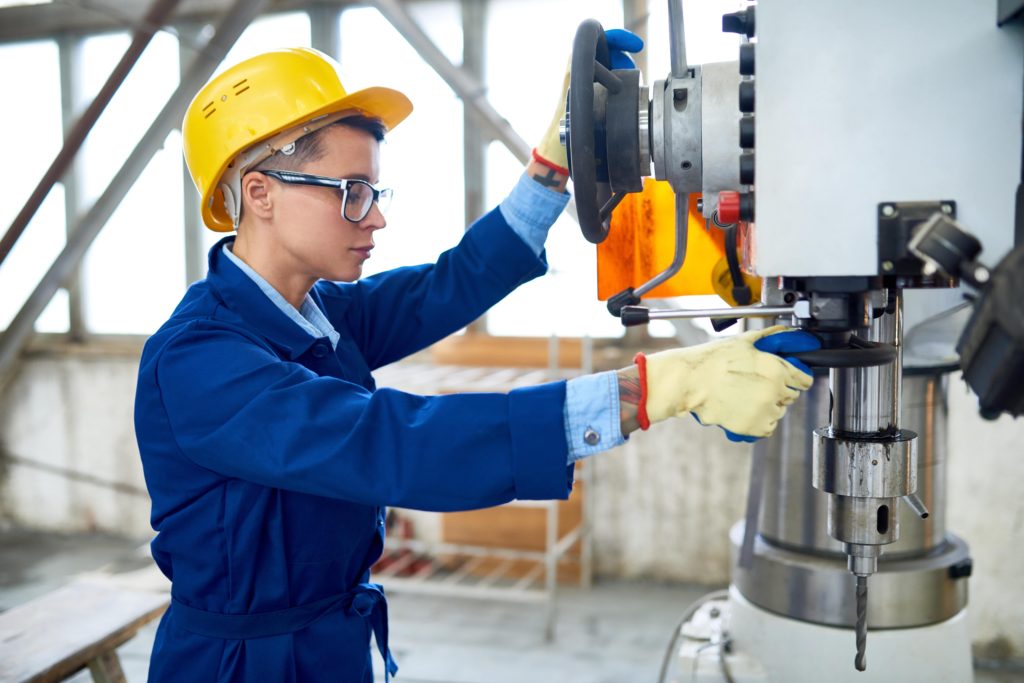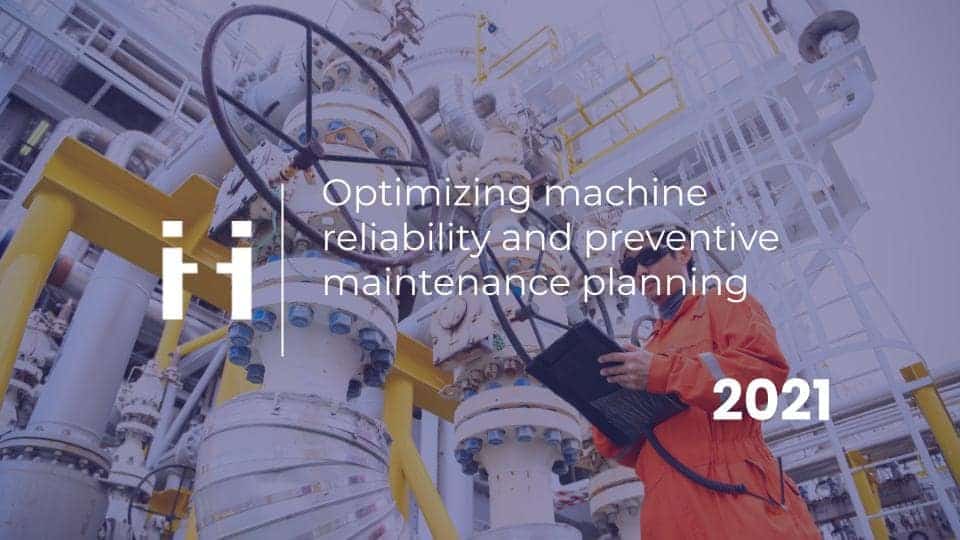Machine reliability and preventive maintenance planning are something you need to be thinking about if you’re serious about safeguarding your assets against failure and minimizing the impact of unplanned expenditure. The main aim of this cost-based maintenance model is to effectively balance the costs associated with maintenance with the risk of asset failure.
Preventive maintenance optimization involves reviewing historic asset failures, as well as analyzing past performance metrics. Ultimately, a preventive maintenance program strives for continuous improvement to minimize operational downtime and reduce expenditure on maintenance and repair work orders.
1. What is reliability and preventive maintenance?
The main aim of preventive maintenance is to minimize the chance of equipment failure before it occurs. It’s a maintenance plan that’s structured to bolster the reliability of your assets. This model focuses on inspecting and replacing individual components as they become worn out and unfit for purpose, dramatically reducing the chance of larger assets from experiencing a breakdown event.

2. What is the main difference between maintenance
and RCM?
Machine reliability and preventive maintenance planning come with significant cost implications. A preventive maintenance schedule involves considerable planning, which ultimately requires manpower to be diverted from other areas of your business. Reliability-centered maintenance (RCM) still represents a large financial investment, but the largest outgoings are reserved for upfront costs. Once the groundwork of this maintenance management strategy has been put in place, cost and time savings quickly become apparent. Organizations will quickly appreciate reduced expenditure on maintenance plans. Improved efficiency will also yield big savings in the long run.
3. Preventive maintenance models
There are four key preventive maintenance that are commonly applied across various industry sectors. The first of these is periodic maintenance. Otherwise known as time-based maintenance, this model involves regular inspection of assets carried out to a predetermined schedule. These maintenance inspections could be carried out as frequently as once every week or as rarely as once a year.
Another popular preventive maintenance model is meter-based maintenance. Otherwise known as performance-based maintenance, this model involves meter readings providing clear guidance on when assets are due for serving.
Predictive maintenance is often considered the gold standard when it comes to asset maintenance strategies. This approach is more advanced than other models, with refined sensors carrying out regular monitoring of assets. These sensors can measure even the slightest variation in operational performance. Once an issue has been recorded, a work order is generated via integrated maintenance software for speedy resolution.
Finally, there’s prescriptive maintenance (RxM). This model makes use of a broad set of data, utilizing advanced monitoring equipment and machine learning technology. The most advanced software in this class will monitor the performance of assets over time, making it far more effective at flagging potential issues. It can also perform operational risk assessments, while automatically generating recommendations for refinements.
4. 7 principles of reliability-centered maintenance
To meet the highest technical standards, reliability-centered maintenance is built upon a solid framework of principles. These principles are arrived at by asking no less than seven questions that need to be addressed to each asset you’re dealing with:
- What are the performance standards and key functions of the asset?
- What are the ways in which any given asset can fail to deliver?
- What function-failure modes are in place in the event of an asset failure?
- What are the causes behind each of these potential failures?
- What impact will each of these failures have?
- What steps can be taken to anticipate or outright prevent a failure?
- What can be done if a proactive response to a failure can’t be implemented?
4.1. Examples of RCM
Reliability-centered maintenance has real-world applications. Below are some of the most commonly desired outcomes, with many organizations using RCM to achieve more than one:
- Carrying out regular routine maintenance and asset inspection.
- Ensuring business operations are adhering to regulatory compliance and meeting safety standards.
- Identifying efficiency gains and ways to mitigate operational risks.
- Capturing overview of maintenance processes to increase maintenance standards, facilitate improvement loops.

5. Final thoughts
There’s a lot to consider when planning and implementing a preventive maintenance strategy. However, the key principles should remain the same in any scenario. Ultimately, it’s all about carrying out the right maintenance actions at the ideal time. This low-impact strategy negates you having to adapt your workflows to accommodate maintenance work, while also bringing down maintenance expenditure in the long term. If you’re keen to optimize your maintenance strategy, reliability-centered maintenance is certainly something you should be looking to embrace. This model not only allows you to maintain system functionalities, but it also grants deeper insight into the causes behind failures. It also provides you with far more effective responses should you encounter failures of business-critical functions.

